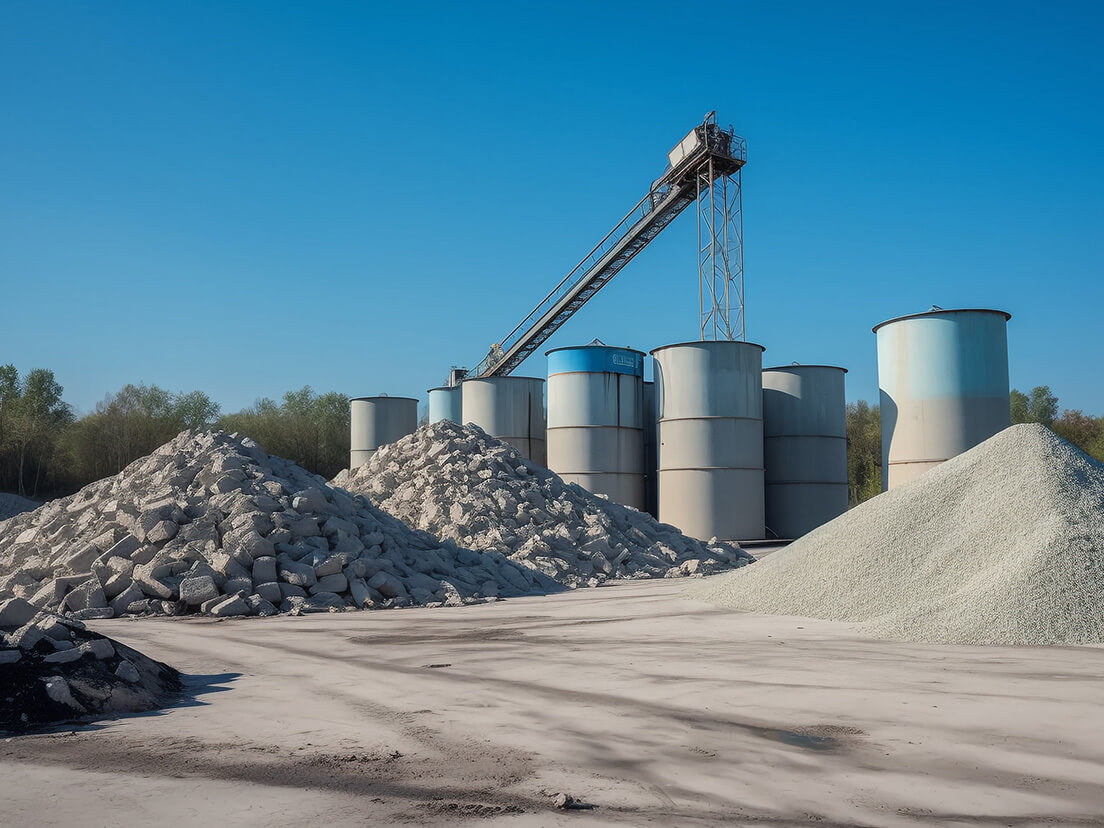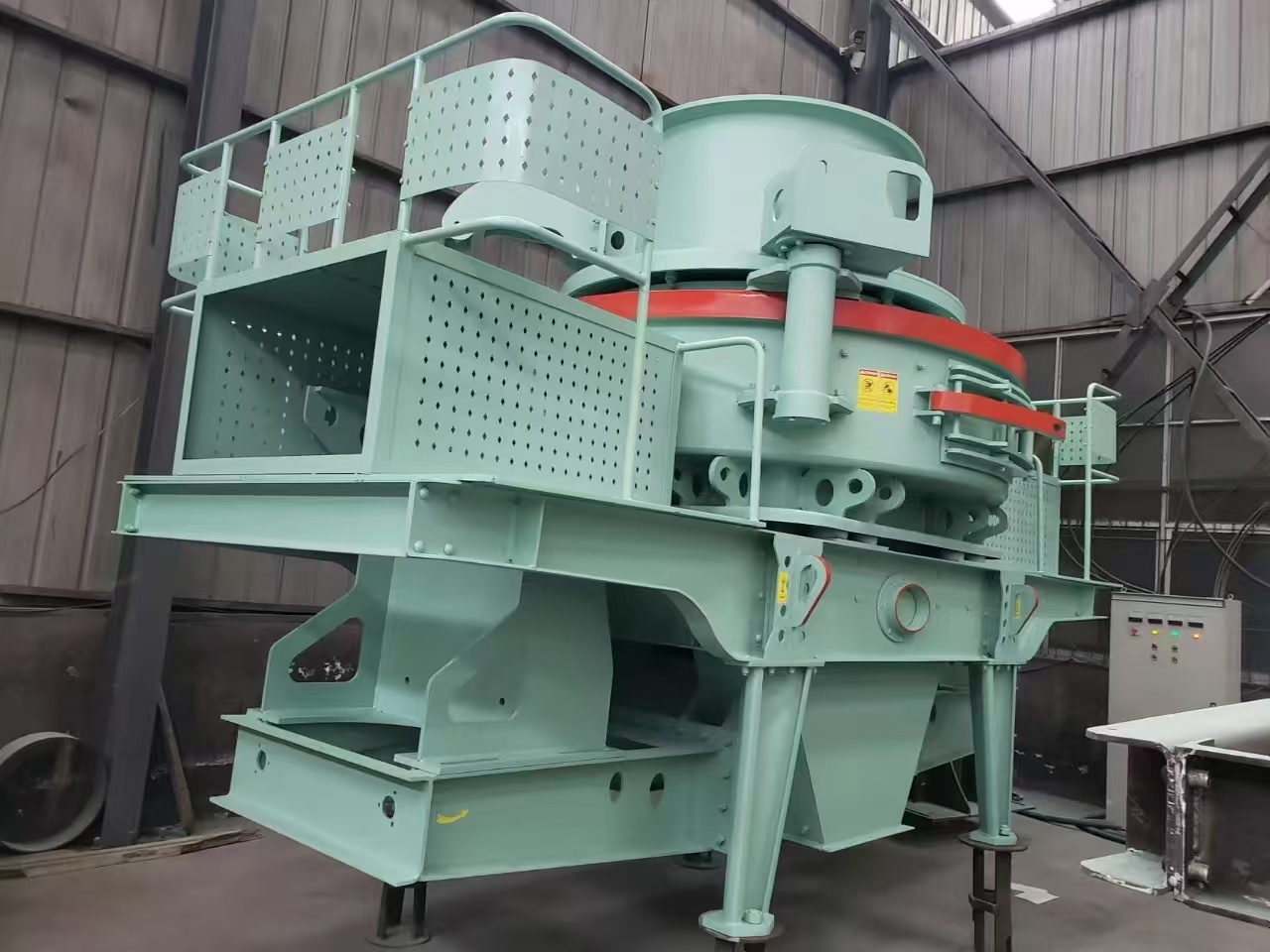The Link Between Swing Plates and Crushing Force in Jaw Crushers
Release time:
2025-06-06
The Link Between Swing Plates and Crushing Force in Jaw Crushers As industries continue to evolve, the demand for efficient crushing solutions has never been higher. Jaw crushers are a staple in the manufacturing and processing sectors, particularly in the mining, construction, and recycling industries. Central to their functionality are the swing plates, which play a pivotal role in generating th
The Link Between Swing Plates and Crushing Force in Jaw Crushers
As industries continue to evolve, the demand for efficient crushing solutions has never been higher. Jaw crushers are a staple in the manufacturing and processing sectors, particularly in the mining, construction, and recycling industries. Central to their functionality are the swing plates, which play a pivotal role in generating the crushing force necessary for effective material size reduction. Understanding this relationship can significantly enhance the performance of jaw crushers.
This article will explore the critical link between swing plates and crushing force in jaw crushers, detailing their mechanics, implications for efficiency, and best maintenance practices.
Table of Contents
- Understanding Jaw Crushers
- The Role of Swing Plates in Jaw Crushers
- Mechanics of Crushing Force Generation
- Material Selection for Swing Plates
- Impact of Swing Plate Design on Crushing Efficiency
- Maintenance Tips for Swing Plates and Jaw Crushers
- Troubleshooting Common Issues with Swing Plates
- Future Trends in Jaw Crusher Technology
- Conclusion
- FAQs about Swing Plates and Crushing Force
Understanding Jaw Crushers
Jaw crushers are mechanical devices designed to crush various types of materials. They utilize a combination of compression and shear forces to break down rocks, concrete, and other materials into smaller, manageable sizes. The basic structure of a jaw crusher consists of a fixed jaw and a movable jaw, with the latter being connected to a swing plate.
The crushing action occurs when the movable jaw, hinged at the top, moves toward the fixed jaw. This motion compresses the material between them, resulting in size reduction. Understanding the dynamics of this process is crucial for optimizing the performance of jaw crushers.
The Role of Swing Plates in Jaw Crushers
Swing plates are essential components of a jaw crusher, primarily responsible for transferring mechanical energy to the material being crushed. They are typically made of high-strength materials such as steel or alloy, designed to withstand the high forces generated during crushing operations.
The primary functions of swing plates include:
- **Material Compression:** The swing plate engages with the material, applying compressive forces that lead to size reduction.
- **Energy Transfer:** Swing plates facilitate the transfer of kinetic energy from the jaw's movement to the material, enhancing the crushing process.
- **Structural Integrity:** They help maintain the structural integrity of the jaw mechanism, ensuring consistent performance during operation.
Understanding the critical roles of swing plates helps in recognizing their impact on overall crushing efficiency.
Mechanics of Crushing Force Generation
The crushing force in a jaw crusher is generated through the combination of mechanical leverage and the swing motion of the movable jaw. When the swing plate moves, it creates a narrowing gap between the fixed and movable jaws. This gap reduces as the swing plate moves closer to the fixed jaw, increasing the compressive force on the material.
Several factors influence the effectiveness of this crushing force:
- **Jaw Geometry:** The angle of the jaws affects the crushing force's magnitude and distribution.
- **Material Characteristics:** The hardness and toughness of the material being crushed play a significant role in how effectively the crushing force is applied.
- **Stroke Length:** The length of the swing motion determines how much material can be crushed in a single cycle.
By optimizing these parameters, operators can significantly enhance the efficiency of their jaw crushers.
Material Selection for Swing Plates
Choosing the right material for swing plates is crucial to ensuring durability and performance. Common materials used for swing plates include:
- **High Carbon Steel:** Known for its hardness and resistance to wear, high carbon steel is often used for heavy-duty applications.
- **Alloy Steel:** Alloyed with elements like manganese, these steels offer enhanced strength and toughness, making them suitable for demanding crushing operations.
- **Ceramic Composites:** Emerging technologies are introducing ceramic materials that provide excellent wear resistance and reduced weight.
The choice of material directly impacts the lifespan of the swing plates and, consequently, the efficiency of the jaw crusher.
Impact of Swing Plate Design on Crushing Efficiency
The design of swing plates can significantly influence the performance and efficiency of jaw crushers. Key design considerations include:
- **Plate Thickness:** Thicker plates can withstand higher forces but may reduce the overall crushing speed.
- **Geometry and Shape:** The curvature and angle of swing plates affect the material flow and crushing dynamics. A well-designed plate can improve material handling and reduce downtime.
- **Surface Finish:** A smooth surface can minimize friction, enhancing the overall crushing efficiency.
By evaluating these design elements, manufacturers can develop swing plates that optimize the crushing process and reduce operational costs.
Maintenance Tips for Swing Plates and Jaw Crushers
Proper maintenance is vital for ensuring the longevity and efficiency of swing plates and jaw crushers. Here are some essential maintenance tips:
- **Regular Inspections:** Conduct routine checks to identify wear and tear on swing plates and other components.
- **Lubrication:** Ensure adequate lubrication of moving parts to minimize friction and wear.
- **Alignment Checks:** Misalignment can lead to uneven wear and reduced efficiency; regular alignment checks can help prevent these issues.
- **Replacement Schedule:** Develop a replacement schedule for swing plates based on their wear patterns to maintain optimal performance.
Implementing these maintenance practices can significantly reduce downtime and increase the operational lifespan of your jaw crusher.
Troubleshooting Common Issues with Swing Plates
Despite best practices, issues may arise with swing plates and jaw crushers. Here are some common problems and solutions:
- **Excessive Wear:** If swing plates wear excessively, consider adjusting the crushing parameters or replacing them with higher-grade materials.
- **Misalignment:** Uneven crushing can indicate misalignment; realign the components to restore balance.
- **Overheating:** Overheating may signal inadequate lubrication or excessive friction; ensure proper lubrication is maintained.
Addressing these issues promptly can help maintain efficient operation and avoid costly repairs.
Future Trends in Jaw Crusher Technology
As industries continue to innovate, several emerging trends are shaping the future of jaw crushers:
- **Smart Technology Integration:** Advanced monitoring systems that utilize AI and IoT technologies can provide real-time data on crushing efficiency and equipment health.
- **Sustainable Practices:** Increasing emphasis on eco-friendly practices is leading to the development of energy-efficient jaw crushers.
- **Material Advancements:** Ongoing research into new materials promises to enhance the durability and performance of swing plates and other components.
Staying abreast of these trends can help operators remain competitive in a rapidly evolving industry.
Conclusion
The relationship between swing plates and crushing force in jaw crushers is critical for achieving optimal performance. By understanding the mechanics of crushing, selecting the right materials, and adhering to best maintenance practices, operators can significantly enhance the efficiency and lifespan of their jaw crushers. As the industry continues to advance, staying informed about emerging trends will be essential for maintaining a competitive edge.
FAQs about Swing Plates and Crushing Force
1. What are the main functions of swing plates in jaw crushers?
Swing plates are responsible for compressing material, transferring energy during the crushing process, and maintaining the structural integrity of the jaw mechanism.
2. How does the design of swing plates affect jaw crusher performance?
The design of swing plates, including thickness, geometry, and surface finish, influences crushing efficiency, material flow, and wear patterns.
3. What materials are best for swing plates?
High carbon steel, alloy steel, and ceramic composites are commonly used for swing plates, each offering different benefits regarding durability and performance.
4. How often should swing plates be replaced?
The replacement frequency of swing plates should be based on wear patterns and operational conditions; regular inspections can help determine the optimal replacement schedule.
5. What are some common issues with swing plates in jaw crushers?
Common issues include excessive wear, misalignment, and overheating. Addressing these problems promptly can help maintain efficient operation.
Key words:
Learn more about industry dynamics
A mining machinery manufacturing enterprise that mainly produces crushing and screening machinery, integrating R & D, design, processing, manufacturing, sales and after-sales service.
Focus on crushing and screening machinery industry solutions
58 Guangshen Road, Luoxin Park, Economic and Technological Development Zone, Xin'an County, Luoyang City, Henan Province
Online message
We will contact you within one working day. Please pay attention to your phone or email.








